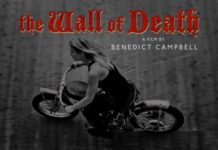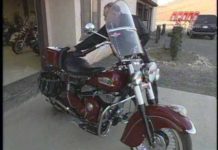Hail to the Indian Chief Motorcycle
This 1948 Indian Chief is one of the most important Indian motorcycles on the planet.
There’s a good chance, many years from now, that history...
The Wall of Death
Great short documentary on the Wall of Death - Riding Vintage Indian Motorcycle 101 Scouts!
If you ever get a chance to see the performance,...
Crocker Motorcycle Company Resurrected- Quail Motorcycle Gathering
Crocker & Indian Shared a history - Let's read about the revival....
After nearly twelve years of hassles and legal setbacks, a brand-new Crocker Big-Twin...
Starklite Cycle Behind the Scenes Part2
Starklite Cycle as shown on American Thunder. They interview Bob Stark about his dedication to keeping the Indian Motorcycle Brand alive for most of...
Starklite Cycle Behind the Scenes Part1
Starklite Cycle on American Thunder:
The Story of Starklite Cycle - told by Bob Stark








